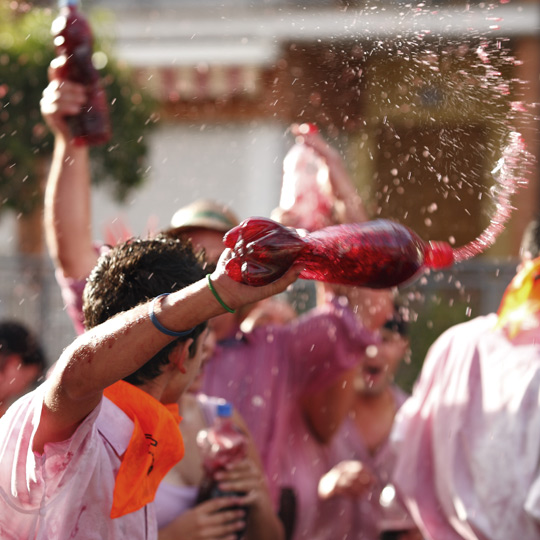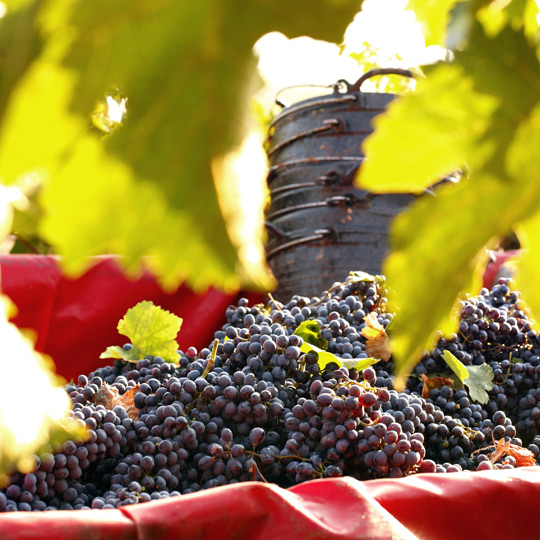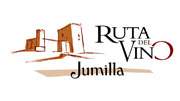What are the wines like?
Jumilla produces some powerful, expressive wines, the majority of which use the Monastrell grape as their base. The young red wines have strong colours and fruity bouquets, while the crianzas are fleshy and stand out for their aromatic complexity with some woody notes. For their part, the rosé wines have undernotes of roses, raspberries and cherries, fruity bouquets, and are flavourful and fresh on the tongue. The white wines, which are produced using Macabeo grapes, are also excellent with their fresh flavours and pure, brilliant colours.
What I can find
Jumilla's extraordinary heritage buildings include museums, gardens, streets decorated with heraldic devices, archaeological remains, etc. There are festivities and traditions, such as Easter, Grape Harvest festivals, and the Festival of the Moors and Christians.You will find extremely rich nature areas, such as the Sierra del Carche Regional Park, which is an ideal place for hiking trails, bicycle tourism, paragliding and hang-gliding. The Santa Ana, Pedrera and Cingla mountain ranges are also interesting.This region has exquisite local cuisine with influences from the Mediterranean and La Mancha.For more information enquire at any of the tourist offices.

©
Ruta del Vino de Jumilla
How to get here
The Jumilla Wine Route extends into the interior of the Region of Murcia in southeast Spain. There are many forms of transport you can use to travel to this region. The nearest airport is Murcia-San Javier, 96 kilometres away. There are also several railway stations less than 50 kilometres away in the cities of Hellín, Cieza and Villena, with trains running to Valencia, Alicante and Murcia every day.
Jumilla lies between Murcia, Castilla-La Mancha, Andalusia and the Valencian Community, which makes it a region with good road connections, such as the motorways A-3, A-30 and A-31, which link up with road N-334, providing direct access to the city. Distances vary depending on your point of departure: 355 kilometres from Madrid, 160 kilometres from Valencia, 90 kilometres from Alicante and 70 kilometres from Murcia.
The town has been at a crossroads for travellers and cultures throughout history, and is home to establishments, wineries and cellars where you can discover wine culture and the importance the drink has had on Jumilla's history. Furthermore, you can take part in tasting sessions. Use the map on this page to see the destination that comprises the Wine Route.

©
Ruta del Vino de Jumilla








